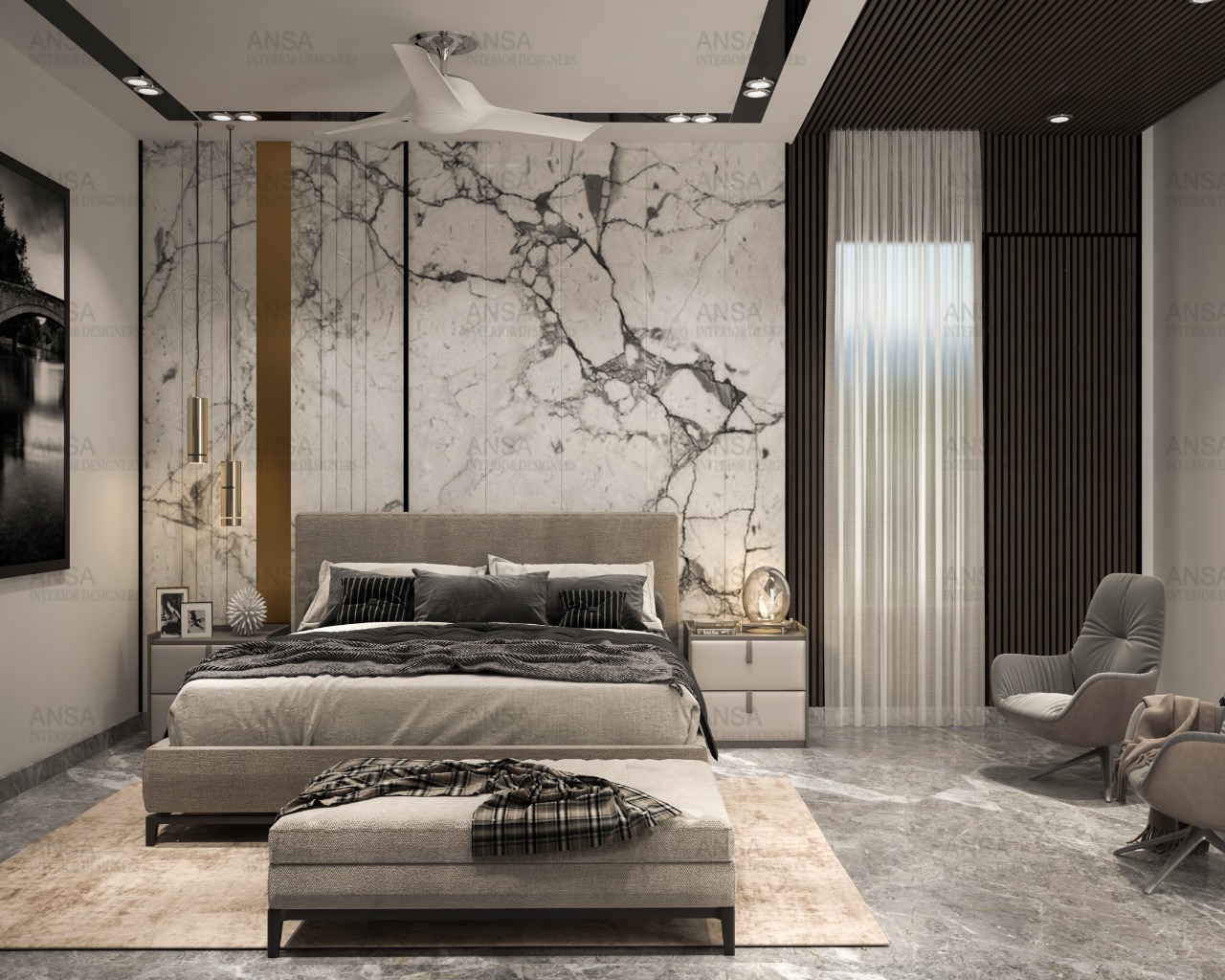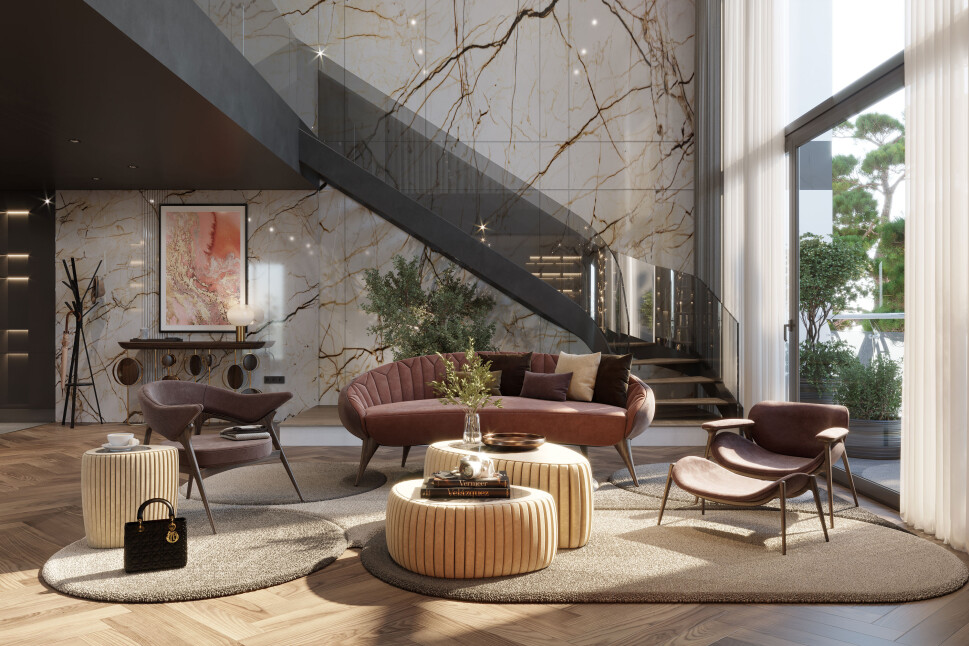Creating Dreams: Exactly How Our Interior Design Studio Miami Can Help You
Creating Dreams: Exactly How Our Interior Design Studio Miami Can Help You
Blog Article
Why Recognizing the Concepts of Interior Layout Is Vital for Effective Room Planning
Comprehending the concepts of indoor layout is essential to efficient room preparation, as it lays the foundation for developing settings that integrate capability with visual allure. Important aspects such as flow, balance, and percentage are not just attractive factors to consider; they are critical in maximizing just how a space is utilized.
Significance of Space Planning
Room preparation is a basic element of interior design that significantly influences the functionality and aesthetic appeals of an area. It involves the strategic setup of furnishings, fixtures, and architectural components to maximize using readily available room while improving the overall customer experience. Reliable area planning addresses numerous elements, including circulation, availability, and the details needs of the owners.
One of the key advantages of space preparation is its capability to improve spatial effectiveness. Interior design Miami. By attentively organizing a format, designers can ensure that every area offers a purpose, lowering clutter and promoting a feeling of order. Furthermore, correct space preparation fosters an unified environment, enabling seamless motion and communication within an area
Furthermore, successful room planning thinks about all-natural light, sightlines, and the connection in between different areas. This all natural method not just boosts the aesthetic charm yet also adds to the health and productivity of the passengers. Inevitably, a well-executed space plan contributes in developing a balanced and inviting ambience, making it important for any type of interior decoration project.
Secret Concepts of Interior Decoration

One essential concept is balance, which can be in proportion, unbalanced, or radial. Symmetrical equilibrium produces a feeling of order, while unbalanced equilibrium uses a more dynamic aesthetic appeal. One more crucial principle is percentage and scale, ensuring that the size of furniture and decoration components relate harmoniously to every various other and the total room.
Color theory likewise plays a substantial duty, affecting mood and understanding. Designers use shade schemes to stimulate specific feelings and enhance the spatial experience. Additionally, the principle of rhythm includes producing a feeling of motion with repeating of patterns, colors, or shapes, guiding the eye throughout the space.
Lastly, the principle of focus routes focus to prime focus, permitting a clear narrative within the layout. Interior architecture Miami. By sticking to these crucial principles, interior designers can develop settings that not just satisfy functional requirements however also reverberate with the owners on a psychological degree
Influence On Functionality and Circulation

The arrangement of furnishings, the selection of products, and the combination of innovation all play crucial roles in attaining ideal performance. Positioning seating locations in proximity to workspaces can assist in communication and cooperation, consequently improving efficiency. Additionally, making sure that pathways are unblocked and clear allows for reliable movement, reducing blockage and advertising a natural circulation throughout the area.
Furthermore, incorporating components such as lighting and shade can further help in delineating areas, making it easier for individuals to browse their environment. Thoughtful area preparation considers not only the physical facets of design however also exactly how customers interact with their surroundings. Inevitably, a focus on performance and circulation not only enhances the individual experience however additionally boosts the overall efficiency of the room, producing a setting that meets the requirements of its passengers while fostering a sense of harmony and equilibrium.
Enhancing Visual Appeals and State Of Mind
3 crucial elements-- color, structure, and illumination-- play critical functions in improving the appearances and state of mind of an indoor room. Shade develops the psychological tone; cozy hues like oranges and reds stimulate power and heat, while cooler tones such as blues and environment-friendlies advertise peace and peace. Picking an unified shade combination can change an area, creating a aesthetically enticing and natural setting.
Structure includes depth and interest, adding to the tactile experience within an area. A mix of appearances-- smooth surface areas, deluxe fabrics, and all-natural products-- can produce visual intrigue and enhance convenience. Pairing a soft velour sofa with a sleek glass coffee table can create a well balanced aesthetic that invites interaction.
Lighting, often a forgotten aspect, significantly influences mood. All-natural light fosters an open, airy environment, while strategically positioned fabricated illumination can create warmth and emphasize architectural attributes. Dimmer switches allow versatility, permitting adjustments to fit different tasks or times of day.
Incorporating these 3 aspects attentively not just elevates the aesthetic allure of a space however additionally cultivates an environment that reverberates with its desired purpose, eventually improving the general experience for its occupants.
Practical Applications in Real Life
Applying interior decoration principles in actual life calls for a thoughtful approach that integrates shade, appearance, and lights into everyday areas. By understanding just how these components interact, individuals can produce atmospheres that are not just aesthetically enticing yet also functional and harmonious.
As an example, in a little living location, utilizing a light shade scheme can make the room really feel bigger and extra open. Strategic usage of mirrors can boost all-natural light and develop an impression of deepness. Including numerous appearances via fabrics, such as carpets and paddings, can include warmth and rate of interest without overwhelming the senses.
Lighting plays an important function in specifying the ambience. Split illumination, being composed of ambient, task, and accent options, allows flexibility in state check here of mind setups. In an office, for example, a combination of all-natural light, workdesk lights, and attractive components can improve efficiency while maintaining an inviting setting.
In addition, comprehending spatial connections and furniture setup can cause enhanced functionality. By sticking to concepts find out here such as balance and proportion, one can guarantee that spaces offer their designated purpose while continuing to be visually pleasing. In general, practical applications of indoor style principles dramatically improve the livability and appeal of any kind of setting.
Verdict
Finally, recognizing the concepts of interior design is essential for efficient area preparation, as it promotes a balance in between capability and looks. By applying vital concepts such as percentage, shade theory, and circulation, designers can develop atmospheres that enhance both functionality and aesthetic appeal. Inevitably, this understanding adds to the development of read the full info here rooms that not only satisfy practical requirements yet likewise boost the overall environment, leading to more satisfying and efficient experiences for users.
Recognizing the concepts of interior style is basic to effective area preparation, as it lays the foundation for creating atmospheres that integrate functionality with aesthetic charm.Room planning is a fundamental element of indoor layout that significantly influences the performance and aesthetics of an area. Furthermore, correct room preparation fosters an unified environment, enabling for seamless motion and communication within a room.
In addition, the concept of rhythm involves creating a sense of movement with repeating of patterns, shades, or forms, guiding the eye throughout the space.
In conclusion, understanding the principles of interior design is essential for efficient area planning, as it fosters a balance between performance and visual appeals.
Report this page